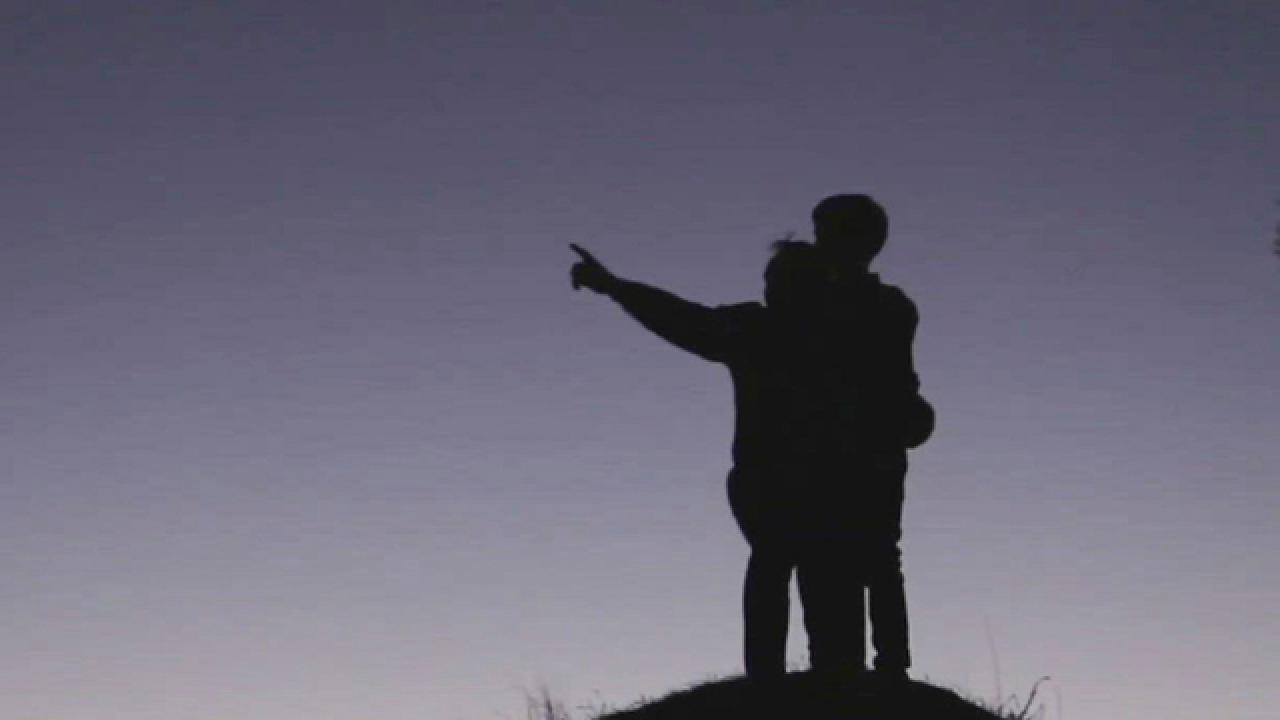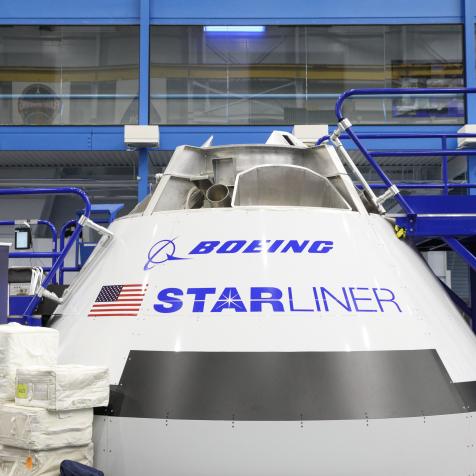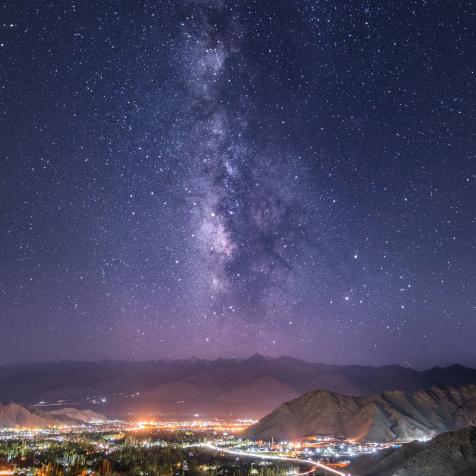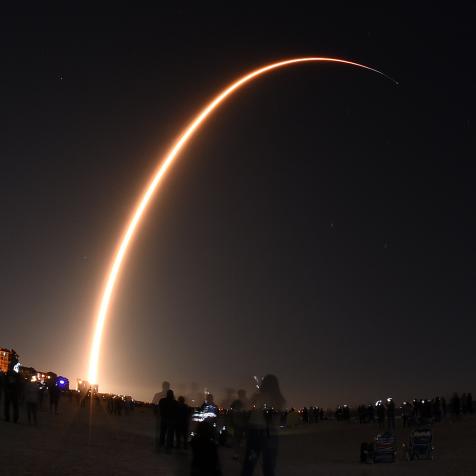
Allexxandar
Check Out the Crab Nebula –The Leftovers from a Giant Cosmic Firework

The Crab Nebula sits 6,500 light-years away, and is currently about 11 light-years across. But while it looks pretty from afar, don’t give in to the temptation to visit it up close.
We’re very used to the idea of the stars being exactly what they are, where they are, and how they are, night after night. After all, the night sky is called “the firmament”--isn’t it,= implying some sort of general fixedness and surety? And for the most part, that’s a very accurate depiction: once you memorize a few stars and constellations, you’re pretty much set for the rest of your life.
Except when stars occasionally and suddenly appear. Or disappear. Or change.
Take, for example, a new star that appeared in the sky in the year 1054 CE. Chinese astronomers, who by then had enjoyed millennia of sky-watching and sky-recording traditions, dutifully noted the appearance of a “guest star” in the constellation Taurus (well, to them, it appeared in the Five Chariots constellation). Some Persian astronomers also noticed it as it was very bright. And on the other side of the world in modern-day New Mexico, the local Chaco people depicted it as a petroglyph on a cliff overhang. (Presumably the Europeans also spotted it, but no reliable records survive.)
That spectacle lasted quite a while. For two years, our night sky hosted a new star that slowly faded over time, back into the void from whence it came. After it stepped away from the cosmic limelight, astronomers around the world looked at each other, shrugged, and went about their business. For all intents and purposes, it was forgotten as just another "unexplained mystery of the universe" and a part of ancient history that nobody needs to worry about now.

Now, a millennium later, you can point the business end of a decent telescope – heck, even binoculars will do the trick - in that direction in the sky, and you’ll find a delightful surprise: a nebula, known as the Crab Nebula, because to nineteenth-century astronomers it sort of looked like a crab.
It actually doesn’t look anything at all like a crab, but it is beautiful. Its tendrils and elegant lattice works of gas crisscross and intersect in a complicated dance and is truly Jackson Pollock of cosmic proportions.
But what is it? It’s the leftovers of a fantastic and fatal cosmic explosion--the ultimate death of a massive star as it turned itself inside out in sharp, violence-filled burst of energies. A supernova.
One of the most powerful explosions in the known universe, capable of outshining an entire galaxy (that’s hundreds of billions of stars, for those keeping score at home) for a few weeks, they release more energy in a single second than our sun will over the course of its entire 10-billion-year life. In other words: bright.
The Crab Nebula sits 6,500 light-years away and is currently about 11 light-years across. But while it looks pretty from afar, don’t give in to the temptation to visit it up close and personal. It’s a literal hotbed of extreme energies, deadly radiation, and enough shock fronts to make even the most serious astrophysicist blush.
And at the center of it all: a pulsar, the leftover core from that once-proud star, an ultra-dense ball of exotic matter a mere 20 miles across, spinning 30 times every single second.
If we could go back in time to describe to our ancestors what they saw that fateful morning, would they even believe us?



















